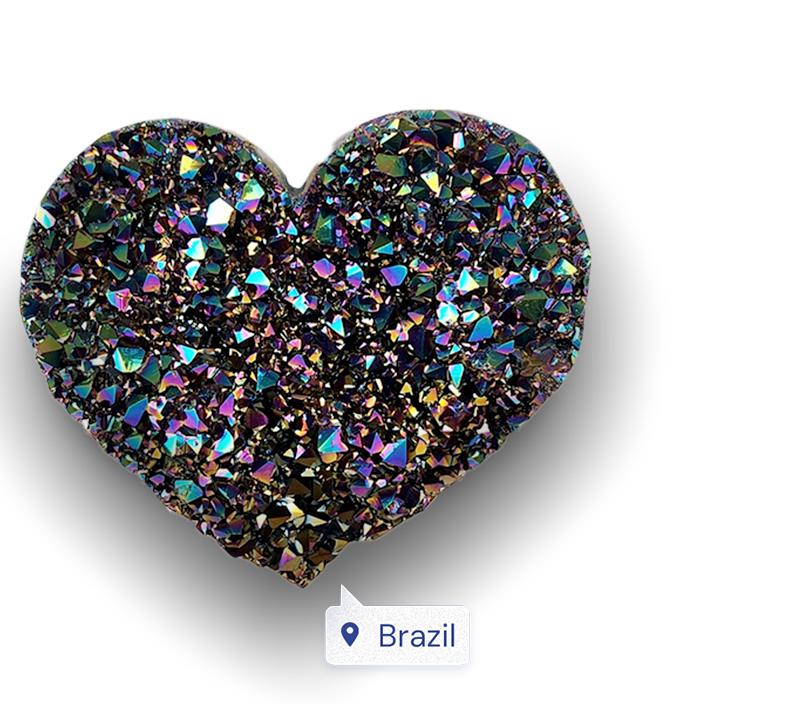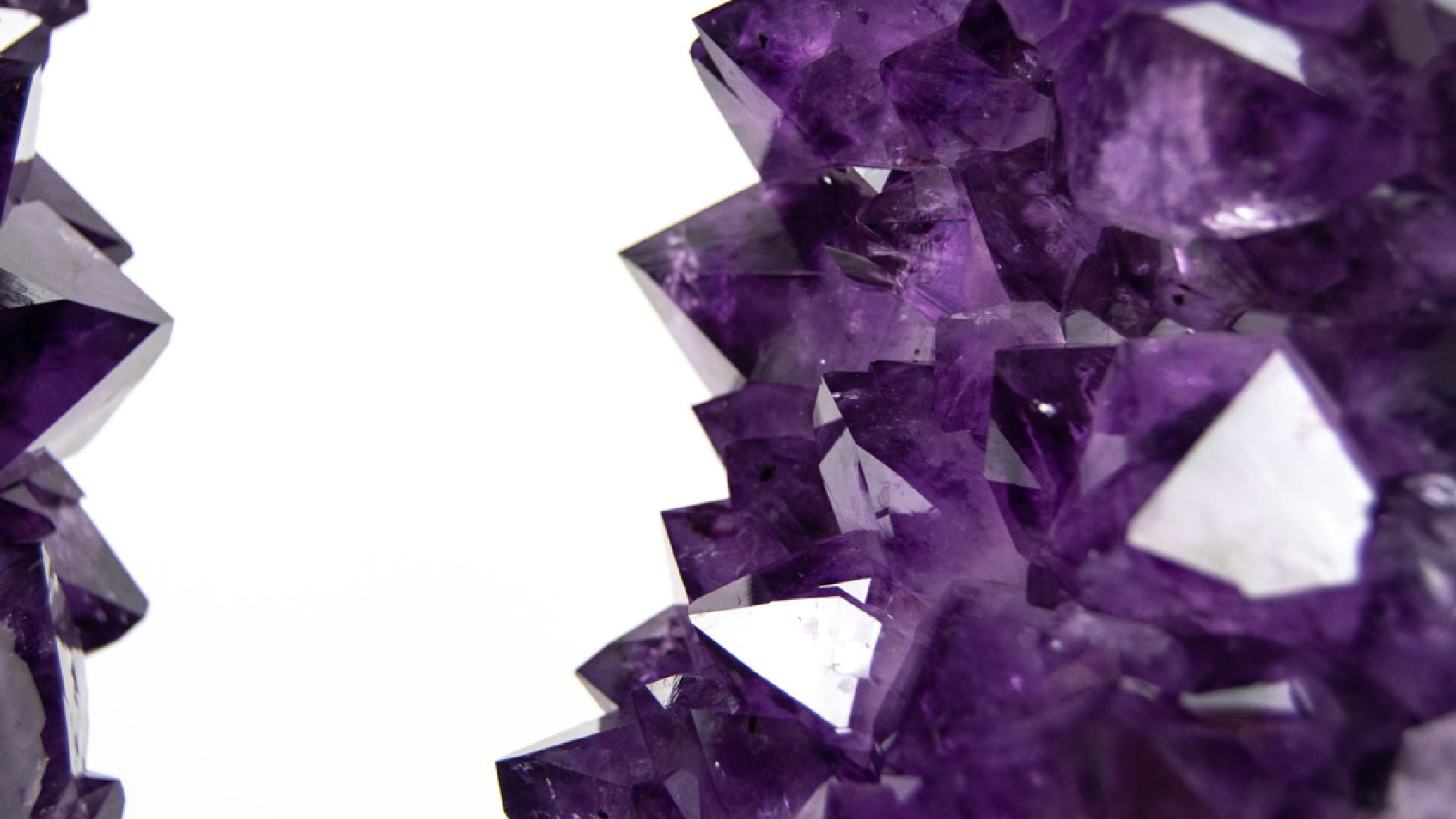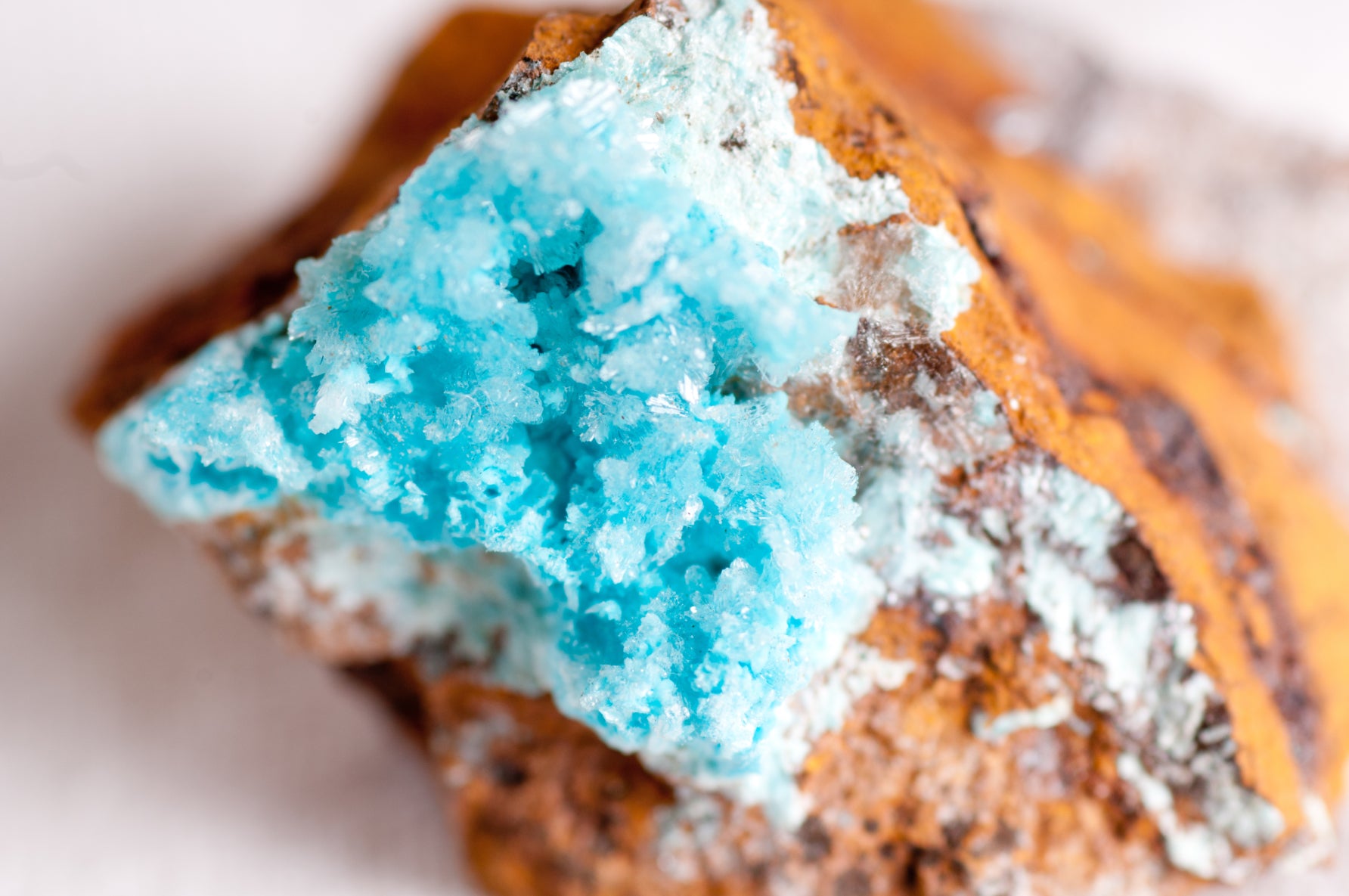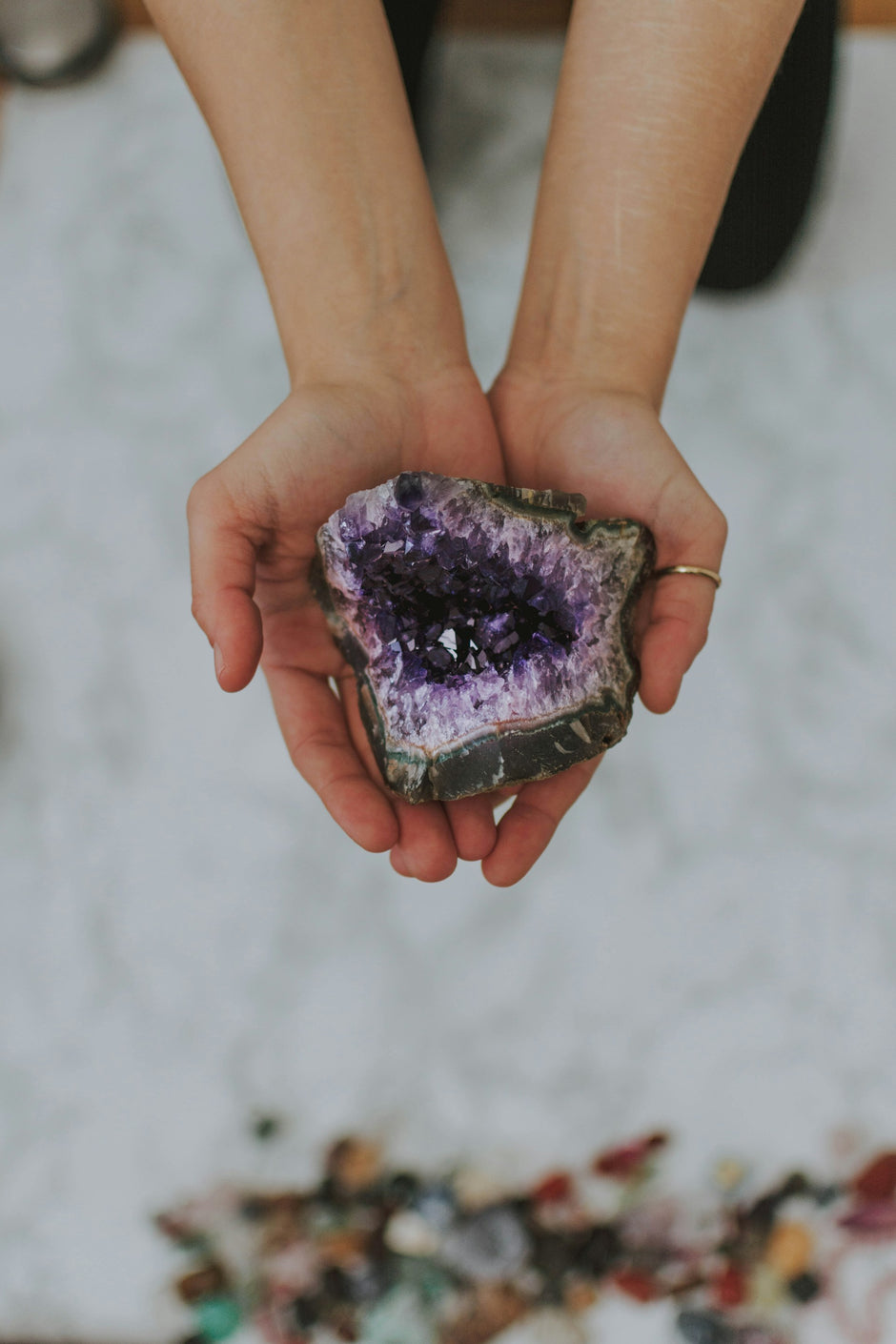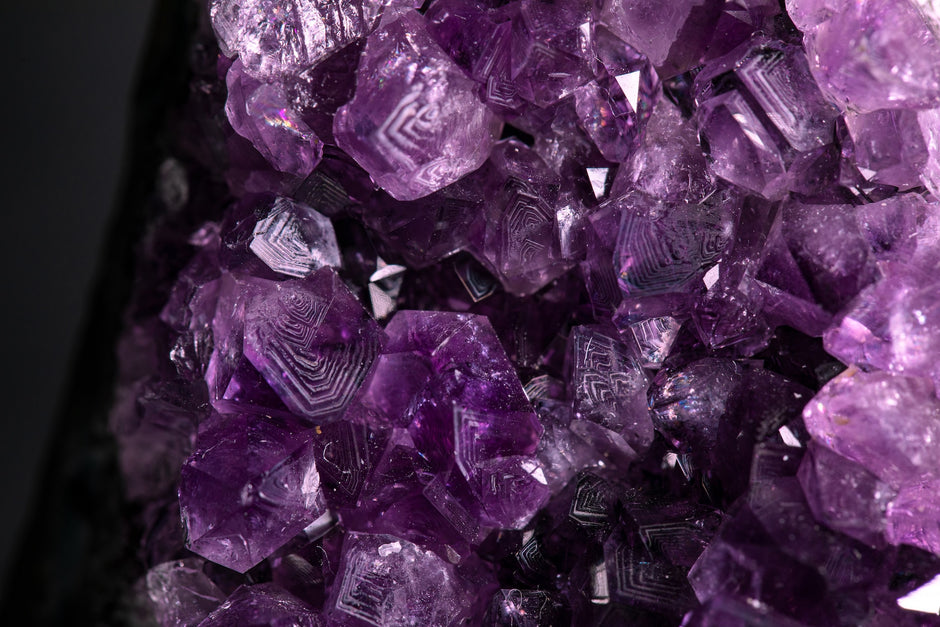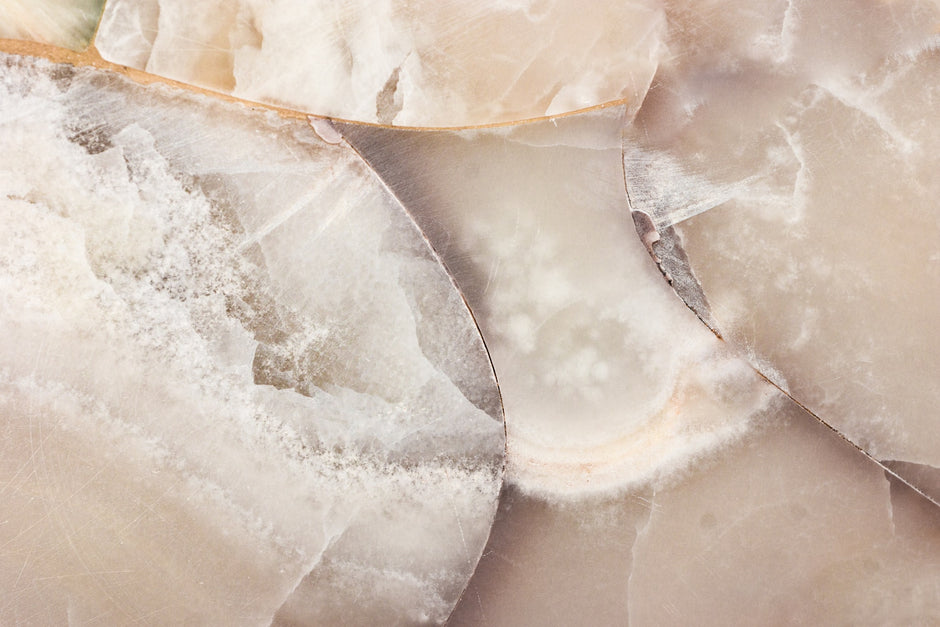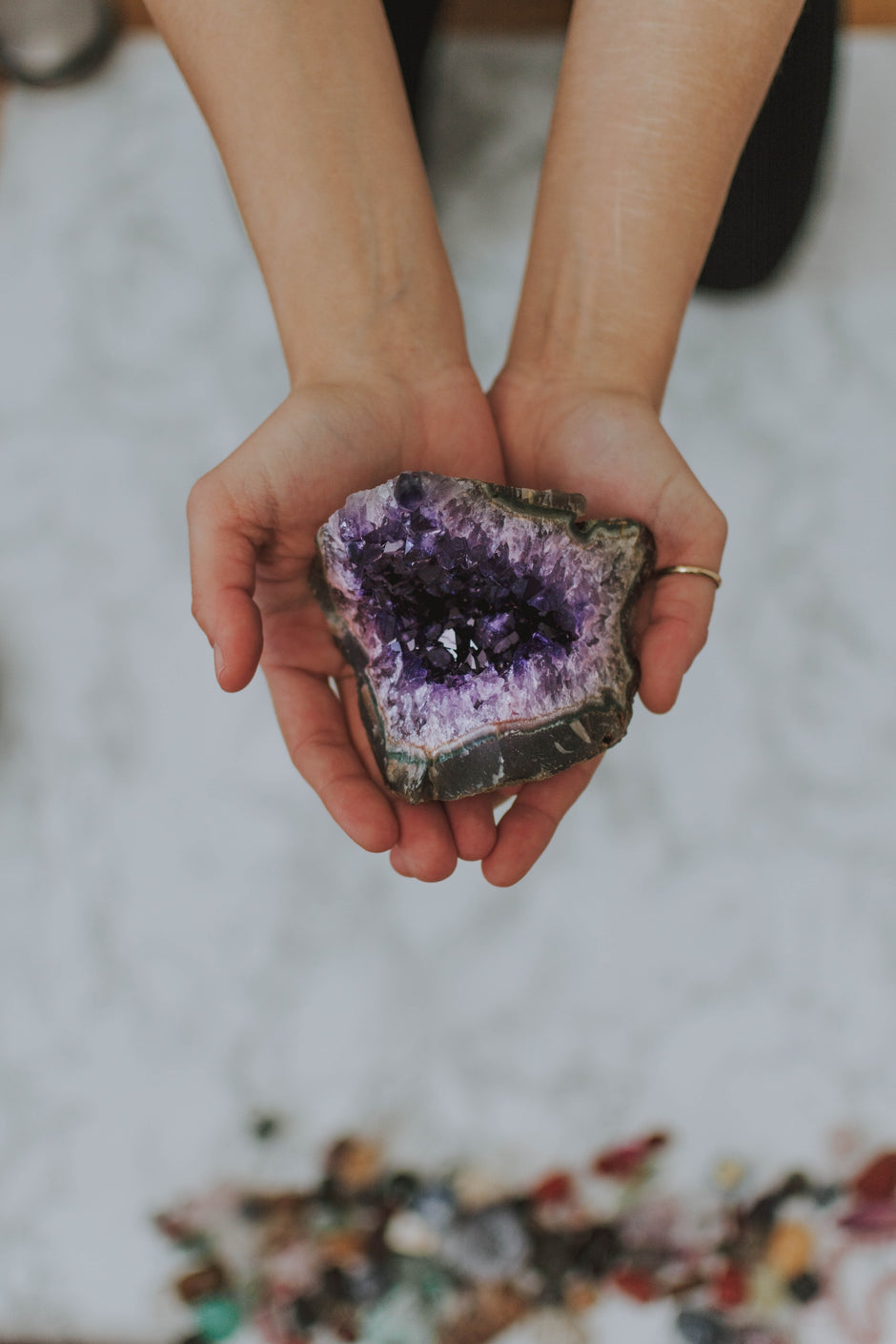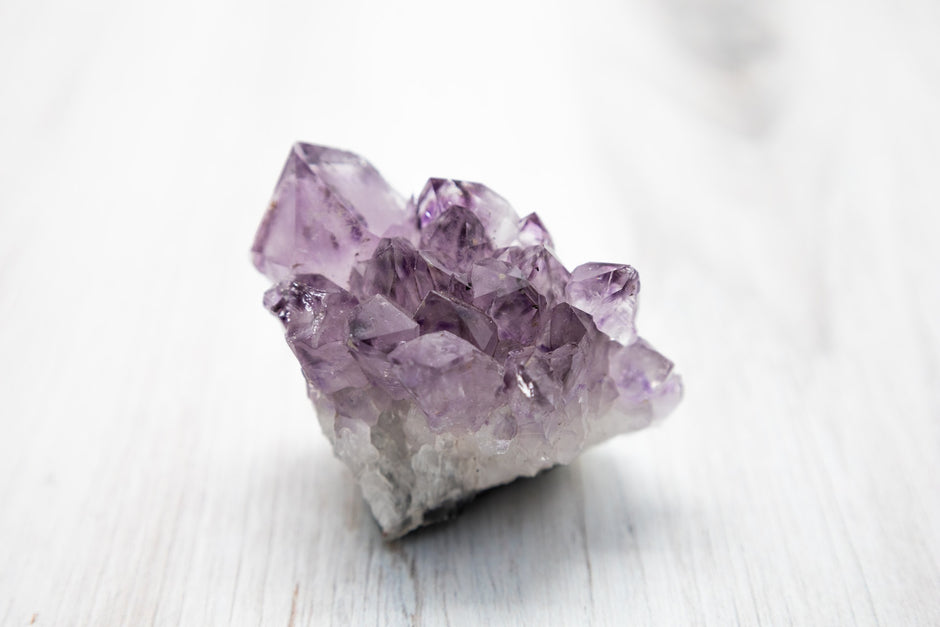Birthstones, the gemstones associated with each month of the year, have fascinated people for centuries. They carry with them not just vivid colors and radiant beauty but also a host of meanings and interpretations. Rooted deeply in history, culture, and spirituality, birthstones offer more than just aesthetic appeal—they serve as windows into our individual personalities, talismans of spiritual power, and even markers of our cultural backgrounds. In this blog, we will explore the intriguing history of birthstones, delve into the meanings behind each stone, and offer guidance on how to choose and care for your own precious gem.
The History of Birthstones
Tracing the Origins
The concept of birthstones can be traced back to Biblical times. The Breastplate of Aaron, as described in the book of Exodus, was a religious garment set with twelve stones, each representing one of the twelve tribes of Israel. Over time, these twelve stones became associated with the zodiac signs, and eventually, they came to symbolize the months of the Gregorian calendar.
Evolution Over Time
The list of birthstones has not remained static; it has evolved over centuries and varies depending on cultural and religious factors. For example, in 1912, the American National Retail Jewelers Association, now known as Jewelers of America, standardized the modern list of birthstones used in the United States, which is different from lists used in other parts of the world. These lists continue to evolve, reflecting not just market trends but also the shifting cultural values and understandings of gemstone significance.
The Significance of Birthstones
Symbolic Meanings
Every birthstone is laden with a unique set of symbolic meanings. For example, the ruby, the birthstone of July, is often associated with passion, love, and vitality. Amethyst, the stone for February, is believed to bring calmness and clarity to the mind. Whether you view these attributes with a spiritual lens or appreciate them for their cultural folklore, there's no denying the deeper connection people feel to their birthstones.
Cultural Interpretations
The significance of birthstones extends beyond individual symbolism; it varies across different cultures and traditions. In Eastern cultures, for instance, jade is highly valued for its purity and protective powers. Meanwhile, Western traditions often emphasize the romantic symbolism of gemstones, such as diamonds representing eternal love.
Birthstones By Month: A Complete Guide
January: Garnet
Properties
The garnet is a deep red stone, although it can be found in a variety of colors except for blue. It is known for its durability and brilliance.
History
Garnet has been used for millennia in jewelry and for other purposes. It was popular among Egyptian pharaohs and is even mentioned in Greek mythology.
Significance
Often associated with love, friendship, and trust, garnet is believed to provide guidance and protection during travel.
February: Amethyst
Properties
This purple gemstone is a variety of quartz and is known for its vibrant hue and calming properties.
History
Amethyst has its roots in ancient Greece and is often linked with Bacchus, the Greek god of wine.
Significance
The stone is associated with calmness and mental clarity, making it a popular choice for meditation and stress relief.
March: Aquamarine
Properties
Aquamarine is known for its beautiful blue hue that ranges from pale to deep blue. This gemstone belongs to the beryl family and is recognized for its clarity and transparency.
History
The name "Aquamarine" originates from the Latin term for "water of the sea," owing to its ocean-like color. Historically, it was believed to protect sailors and guarantee safe voyages.
Significance
This gemstone is associated with courage, loyalty, and friendship. It is also believed to have a calming effect on the wearer, helping to reduce stress and enhance communication.
April: Diamond
Properties
Diamonds are known for their brilliance and are the hardest natural material known to man. They are typically colorless but can come in various hues.
History
Diamonds have been treasured for centuries and were first mined in India over 2,000 years ago. They have long been associated with wealth and royalty.
Significance
Diamonds symbolize eternal love and are often used in engagement and wedding rings. They are also believed to bring strength and invincibility to the wearer.
May: Emerald
Properties
Emeralds are green gemstones that are highly prized for their vivid color. They are relatively soft and often contain unique internal patterns or inclusions.
History
Emeralds were cherished by the ancient Egyptians and are often associated with Cleopatra. They have been used for centuries as symbols of power and fertility.
Significance
These gemstones are believed to represent rebirth and love. Emeralds are also associated with foresight and are thought to bring good fortune.
June: Pearl
Properties
Unlike other gemstones, pearls are organic, and created by mollusks. They come in a variety of shapes and colors, from white and cream to black.
History
Pearls have been used in jewelry for thousands of years and were a favorite of both Roman emperors and Asian royalty.
Significance
These gems symbolize purity and innocence, making them a popular choice for weddings. Pearls are also believed to bring wisdom and integrity.
July: Ruby
Properties
Rubies are red gemstones known for their durability and brilliant shine. They are one of the four precious stones, along with sapphires, emeralds, and diamonds.
History
Rubies have been admired for their beauty and strength since ancient times. They were used by warriors in some cultures as talismans.
Significance
The ruby is associated with passion, love, and energy. It's also thought to bring good fortune and protective qualities to the wearer.
August: Peridot
Properties
Peridot is a vibrant green gemstone that ranges from yellowish-green to olive. It is relatively soft and is often faceted to improve its brilliance.
History
This gemstone has been used for thousands of years and was even found in ancient Egyptian jewelry.
Significance
Peridot symbolizes strength and is believed to bring prosperity and happiness. Some also think it helps to ward off evil and nightmares.
September: Sapphire
Properties
Sapphires are known for their striking blue color, although they come in a range of hues except for red. They are second only to diamonds in terms of hardness, making them extremely durable.
History
Sapphires have a rich history dating back to ancient civilizations. They were believed to have protective and prophetic qualities and were cherished by royalty.
Significance
Symbolizing wisdom and nobility, sapphires are said to focus the mind and encourage self-discipline. They are often associated with loyalty and are considered a stone of prosperity.
October: Opal
Properties
Opals are unique for their play of color, displaying a myriad of hues in a single stone. They are relatively soft and require special care to maintain their beauty.
History
Opals have been revered since antiquity and were believed by the ancient Romans to be the most precious of all gemstones, due to their multitude of colors.
Significance
Opals are thought to bring hope and enhance creativity. They are also associated with innocence and purity, and some believe they possess healing qualities.
November: Topaz
Properties
Topaz comes in a variety of colors, but the most commonly associated hue is a rich, golden orange. It is a hard and durable gemstone suitable for all types of jewelry.
History
The name "Topaz" is thought to originate from the island of Topazos in the Red Sea, where these gemstones were once supposedly found. Topaz has been used in various cultural artifacts and jewelry for centuries.
Significance
Topaz is known to symbolize love and affection. It is also considered to be a symbol of opulence and luxury, and it is said to bring wisdom and clarity of thought.
December: Turquoise
Properties
Turquoise is known for its distinctive blue-to-green color and is often veined with other materials like copper or iron. It is relatively soft and porous, requiring special care.
History
Turquoise has been prized for millennia and was especially popular among Native Americans and ancient Egyptians, who used it extensively in their jewelry and amulets.
Significance
This gemstone is considered a love charm and also symbolizes good fortune and success. Many believe it brings protection and has healing properties, particularly for emotional balance and peace of mind.
Choosing Quality Birthstones
Factors to Consider
When choosing a birthstone, consider the Four Cs: color, clarity, cut, and carat. Each of these factors can dramatically affect the value and beauty of the stone.
Importance of Certification
Always ask for a gemstone certification when making a purchase. This assures you of the quality and authenticity of the stone. Consultation with gemstone experts is also advisable for a valuable investment.
How to Care for Your Birthstone
Storage and Cleaning
Different stones require different types of care. Soft stones like opal and pearl need to be stored separately to avoid scratches, while harder stones like diamonds are more resilient.
Maintaining Spiritual Effectiveness
Some believe that birthstones lose their spiritual or emotional effectiveness if not cared for properly. Regular cleaning and correct storage can help maintain their powers.
Birthstone Jewelry: More Than Just Rings
Popular Types
While rings are the most common form of birthstone jewelry, these gemstones are also popularly used in necklaces, earrings, and bracelets.
Customizing Your Jewelry
For a more personalized touch, consider customizing your birthstone jewelry. This could involve choosing a specific setting, incorporating multiple stones, or even engraving.
The Role of Birthstones in Modern Day
Trending Designs
- Incorporation into various forms of jewelry such as rings, necklaces, and bracelets.
- Use of modern materials like leather and metal in conjunction with birthstones for unique designs.
- Birthstones being used as the focal point in statement pieces that go beyond traditional styles.
Personalized Gifts
- Surge in using birthstones in custom-made jewelry pieces as a form of personalized gift.
- Extension of the trend to non-jewelry items like custom wall art, home decoration, and kitchenware adorned with birthstones.
- The added layer of individuality and thoughtfulness when a birthstone is included in a personalized gift.
Common Myths and Misconceptions
Debunking Popular Myths
One common myth surrounding birthstones is that wearing a stone other than your own birthstone can bring bad luck or negative energy. There's no scientific basis for this belief, and many people enjoy wearing various gemstones for their aesthetic appeal or perceived qualities, irrespective of their birth month.
Another myth is that the more expensive the birthstone, the more "powerful" it is. The value of a gemstone is determined by factors like rarity, demand, and quality, and not necessarily by its spiritual or emotional significance.
What Science Says vs. Spiritual Beliefs
Scientifically speaking, there is no empirical evidence to suggest that birthstones possess magical or healing properties. However, the psychological and emotional benefits should not be discounted. Many people find comfort, empowerment, or even a sense of identity in wearing their birthstones, which can have a positive impact on mental well-being.
In spiritual circles, each stone is often attributed with specific qualities like healing, protection, or the enhancement of certain energies. While these beliefs often stem from cultural traditions and ancient lore, they continue to resonate with many individuals today.
By understanding both the modern applications and the long-standing traditions of birthstones, you can appreciate these gemstones in a way that is both personally meaningful and culturally rich. Whether you view them as elegant accessories, symbolic keepsakes, or spiritual talismans, birthstones offer a myriad of ways to express and celebrate individuality.
Conclusion
Birthstones are much more than sparkling adornments; they are windows into our souls, keepsakes of our personal histories, and tokens of our spiritual beliefs. The journey of discovering your birthstone is an enriching experience, one that allows you to connect deeply with a gem that reflects your individuality.
birthstones make incredibly thoughtful and personalized gifts. Whether it's a milestone birthday, an anniversary, or any other special occasion, consider gifting a piece of birthstone jewelry. It's a meaningful way to show love, friendship, and a deep sense of individuality.
Isn't it time you discovered the stone that shares your birth month? For a tailored understanding, consult with certified gemologists who can guide you in making a meaningful choice. And don't forget, birthstone jewelry makes for a remarkably personal and thoughtful gift on special occasions. Begin your journey of gemstone discovery today!
